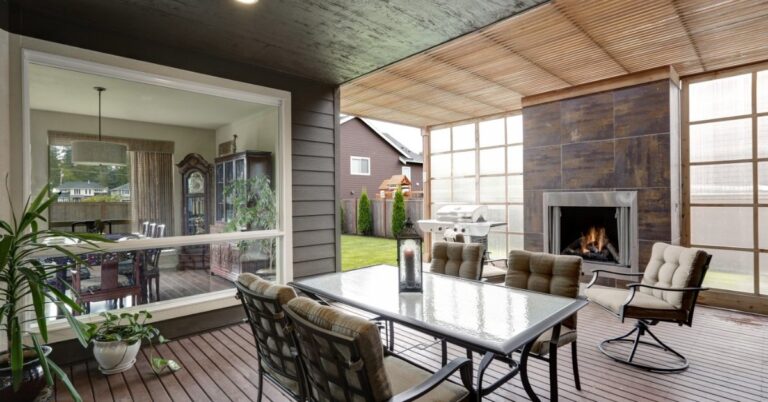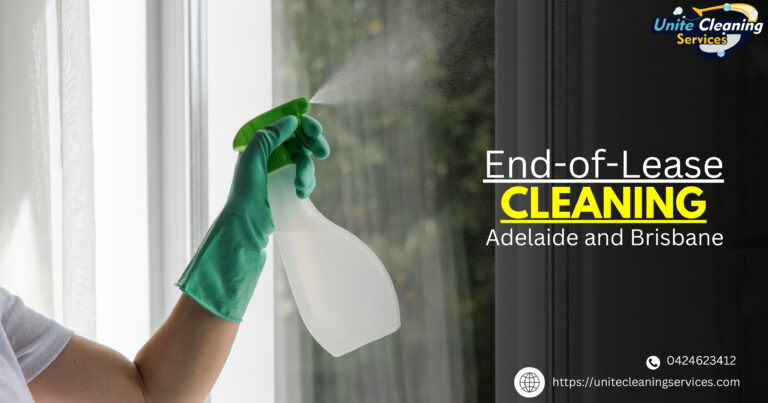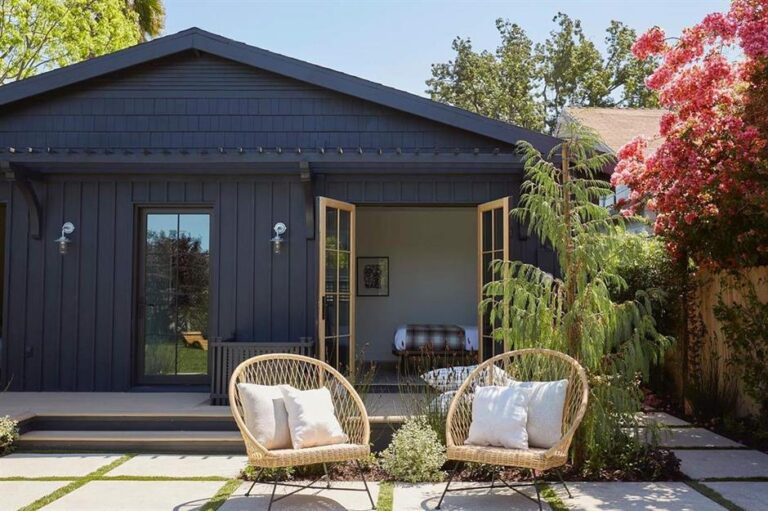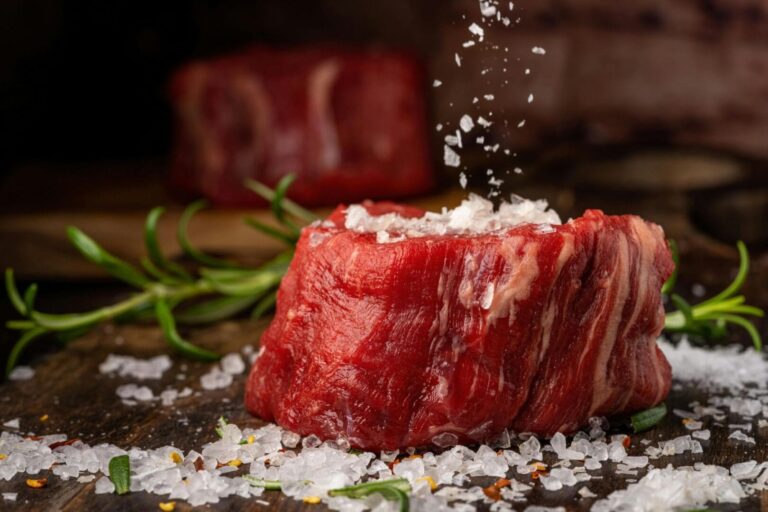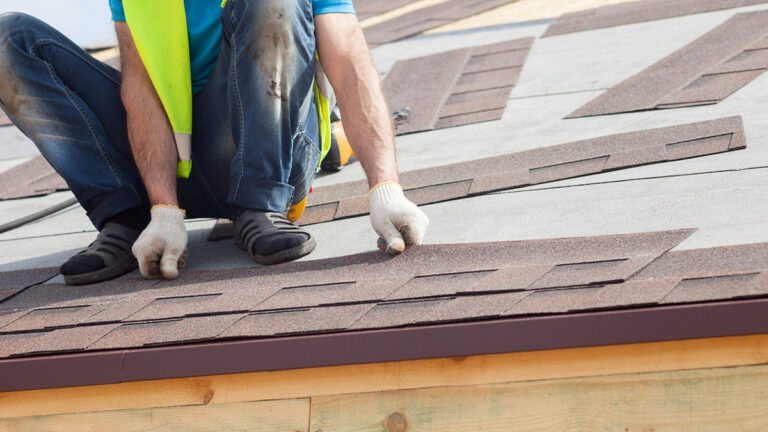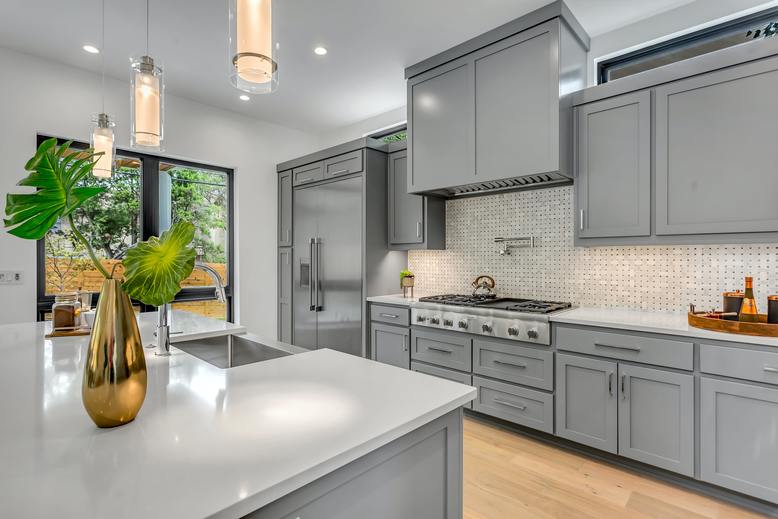
Painting your kitchen cabinets is an inexpensive method to fully revamp the space if it’s feeling a touch drab or if you just want to give it a quick makeover. We consulted an expert and shared the lessons learned about the most crucial cabinet painting errors to avoid.
Failure to test the color before painting
Selecting a cabinet color might often be the most challenging aspect. You spend a lot of time in your kitchen. So, picking the wrong color can negatively affect you. After all, your cabinets take up a large amount of the room. Testing is the best approach to ensure you have the correct color.
After painting a cabinet door, keep it open for a day or two to observe how the color changes during the day. If you change your mind, choose a different hue and test it on the inside of a different door.
Neglecting the painting preparation
Painting your cabinets is difficult because they are subjected to a lot of moisture, grease, and wear and tear. So, it requires careful planning and preparation.
For most cabinets, you will need to sand the surface, apply wood filler to any cracks or uneven areas, and let it cure before painting. After sanding, thoroughly clean the surface with a moist cloth or a lint-free tack cloth. Depending on how intricate the cabinet design is and your expectations for the finished result, looking for professional cabinet painters may be worthwhile.
Poor prepping
Preparation and painting methods vary depending on the type of cabinet material. Not examining the material type may result in irregular painting, poor adherence, and premature paint failure. Your prep work will probably be significantly more if your cabinets are not made of wood, compressed (faux) wood, or medium-density fiberboard (MDF).
It is possible to paint laminates, plastic-coated surfaces, and other bright materials, but more preparation is necessary to guarantee that the paint will stick. It might be better to leave those surfaces, as well as hardwood cabinets with ornate embellishments, to the pros.
Not removing the doors
Leaving the doors and hardware on your kitchen cabinets may seem like a time-saver, but in reality, it can add unnecessary complexity to the process. Expert painters usually remove the doors and hardware before painting kitchen cabinets because they are aware that using this technique invites difficulty.
If you attempt to paint cabinets without first removing the doors and hardware, you always run the risk of getting paint on the hinges or a buildup on the edges of cabinets that will prevent the doors from being used properly. Removing the doors will allow you to get a better, more uniform coating and prevent paint from getting on your other headgear and hinges.
Underestimating the length of time needed
Although painting kitchen cabinets isn’t as extensive as a full-scale remodel, you should still allow a little extra time to finish the project. For instance, keep in mind that painting will probably require several coats, each of which needs to dry for a few hours. To do this well, schedule a full weekend, if not a full week, to work on it.
Final thoughts
Given the many things that can go wrong with cabinet painting, you may want to forego all of those difficulties and assign this project to experts.
